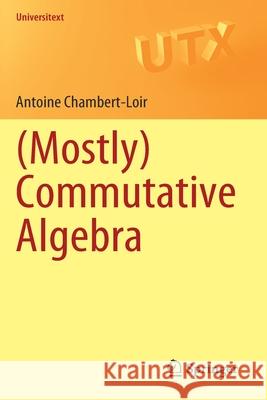(Mostly) Commutative Algebra » książka
topmenu
(Mostly) Commutative Algebra
ISBN-13: 9783030615949 / Angielski / Miękka / 2021 / 466 str.
Kategorie:
Kategorie BISAC:
Wydawca:
Springer
Seria wydawnicza:
Język:
Angielski
ISBN-13:
9783030615949
Rok wydania:
2021
Wydanie:
2021
Numer serii:
000024642
Ilość stron:
466
Waga:
0.67 kg
Wymiary:
23.39 x 15.6 x 2.46
Oprawa:
Miękka
Wolumenów:
01
Dodatkowe informacje:
Wydanie ilustrowane











